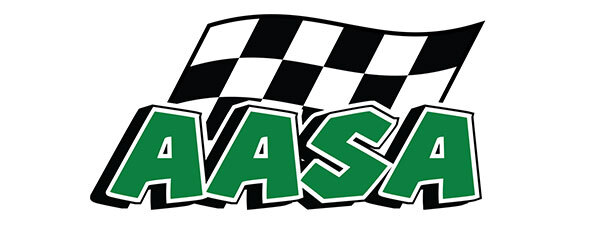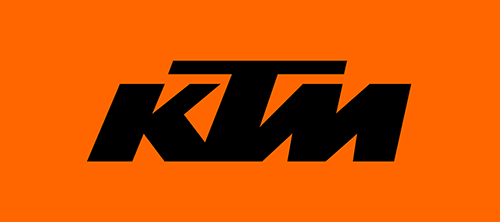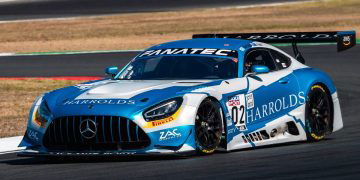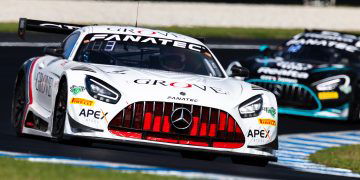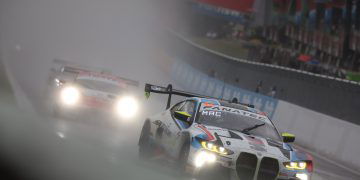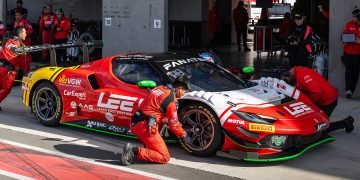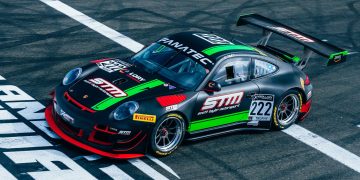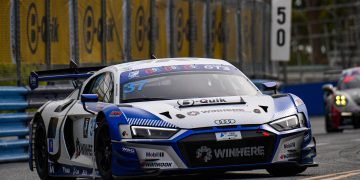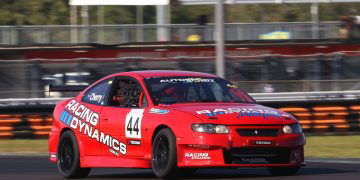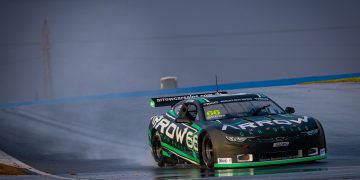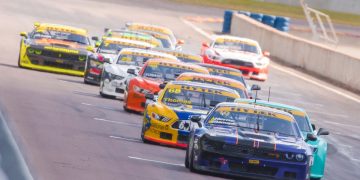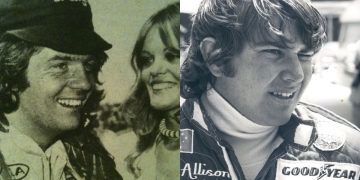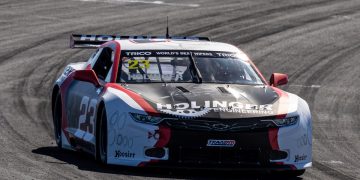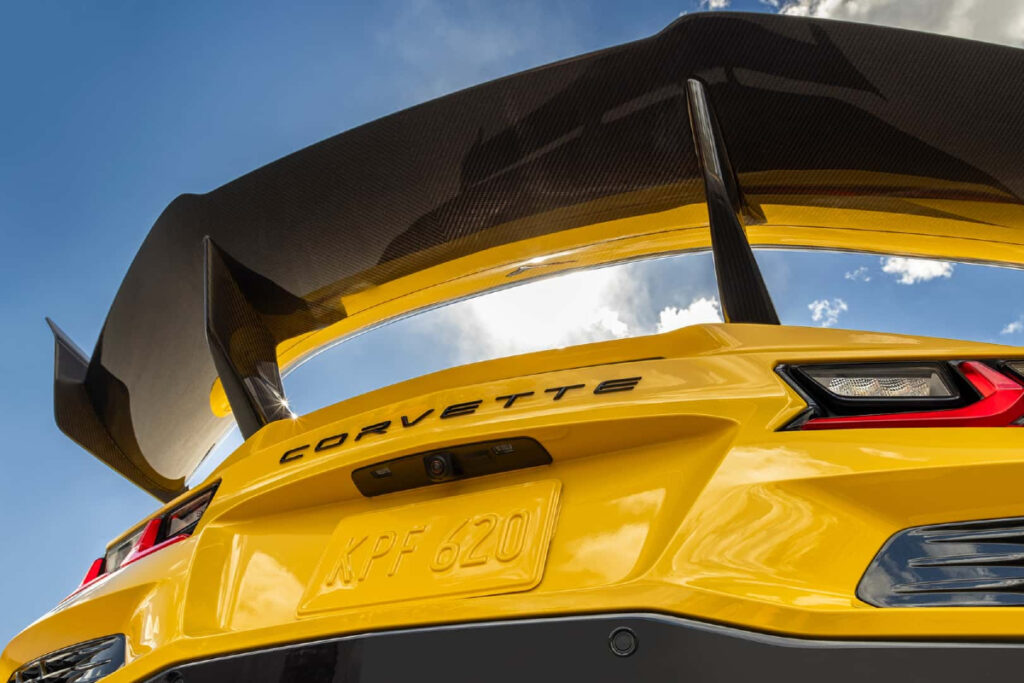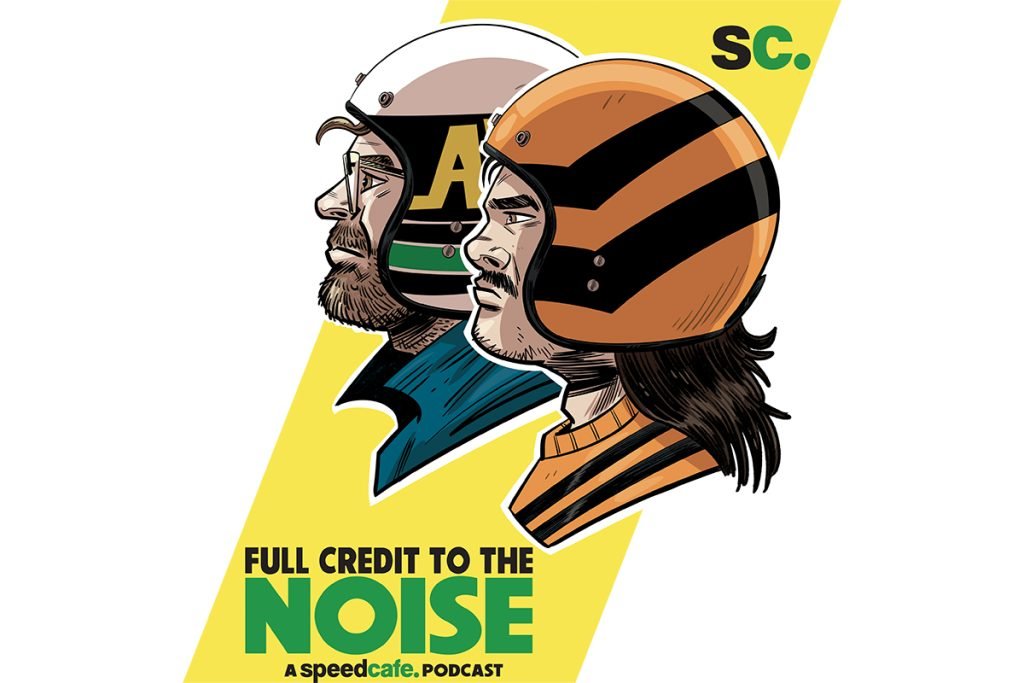
FIA race director Michael Masi has support from within the Formula 1 paddock despite having to perform an unpopular role at times.
The Australian took on his current role following the untimely death of Charlie Whiting the day before the 2019 Formula 1 Australian Grand Prix.
An experienced race director, Masi has worked alongside Tim Schenken as deputy race director of Supercars prior to his appointment by the FIA.
Initially that was to have seen him perform race director duties of F1's feeder series before being thrust into the hot seat in tragic circumstances.
His tenure has coincided with a more open approach by the governing body and commercial rights holders, something which has seen Masi regularly front the media.
He's also begun featuring on the world feed television broadcast, with messages to and from race control now relayed as part of the broadcast.
“In general, we are very happy with the job Michael is doing, which is very difficult,” McLaren's Andreas Seidl said.
“The most important thing from our side is transparency, and consistency, and a good dialogue, which we usually have with him.
“Of course there's situations from time to time where you where you disagree – it's normal, we're on the competitor side, he's on the on the FIA side.
“But I guess if you look back now, the time since he took over, I think he did a great job.”
The Australian was cast into the spotlight at the British Grand Prix, where he copped the brunt of frustrations over the incident between Lewis Hamilton and Max Verstappen.
The decision to penalise Hamilton in that instance was made by the race stewards, a process divorced from Masi's responsibilities and influence.
However, as the effective leader of the officials, he took it up himself to clarify and defend those who did make the call to hand the Mercedes driver a 10-second penalty.
“I think having looked at it all, their view was that he was predominantly to blame for that,” he said of the stewards' opinion on Hamilton's role in the clash at Copse.
“The big part was similar to what happened with Charles [Leclerc] later on, that he could have, say, tucked in closer to the apex.
“And that was where they found that, I think the wording was quite clear as per the regulations, that he was predominantly to blame.
“He wasn't seen as wholly to blame for it, but seen as predominantly to blame, that he could have tucked in further.
“And that may have changed the outcome, but we don't know, we judge it on the incident itself.”
Masi's role also sees him continually liaising with the teams and drivers to refine processes and set boundaries.
Key among those is expectations when it comes to on-track behaviour, especially on the opening lap.
While greater leniency is given for incidents at the start, Masi admitted that he's had to reel things in slightly for 2021.
“There is a clear point that the first lap is obviously treated in a much lighter way under the let them race principles than the rest of the race, no doubt about that,” he explained.
“But the drivers have clearly said, as have the teams from the end of last year, that they felt with the elbows were out a bit too far last year and they needed to be tucked back in a little bit.”
Using the example of Hamilton and Verstappen at Silverstone, Masi explained that the leniency only goes so far, and there is no pre-defined hard limit.
“You need to look at it as what's happening on that first lap,” he said.
“It could be turn one, it could be turn six, depending on the nature of the circuit.”
More specifically, he admitted there was no leeway in the Hamilton/Verstappen crash to not penalise the Brit.
“There were two cars clearly involved in the incident and all the drivers from the start of this year said that if there's two cars involved, that if there is someone that is predominantly to blame, predominantly or wholly, then that should be looked at a bit closer, even on the first lap.”


